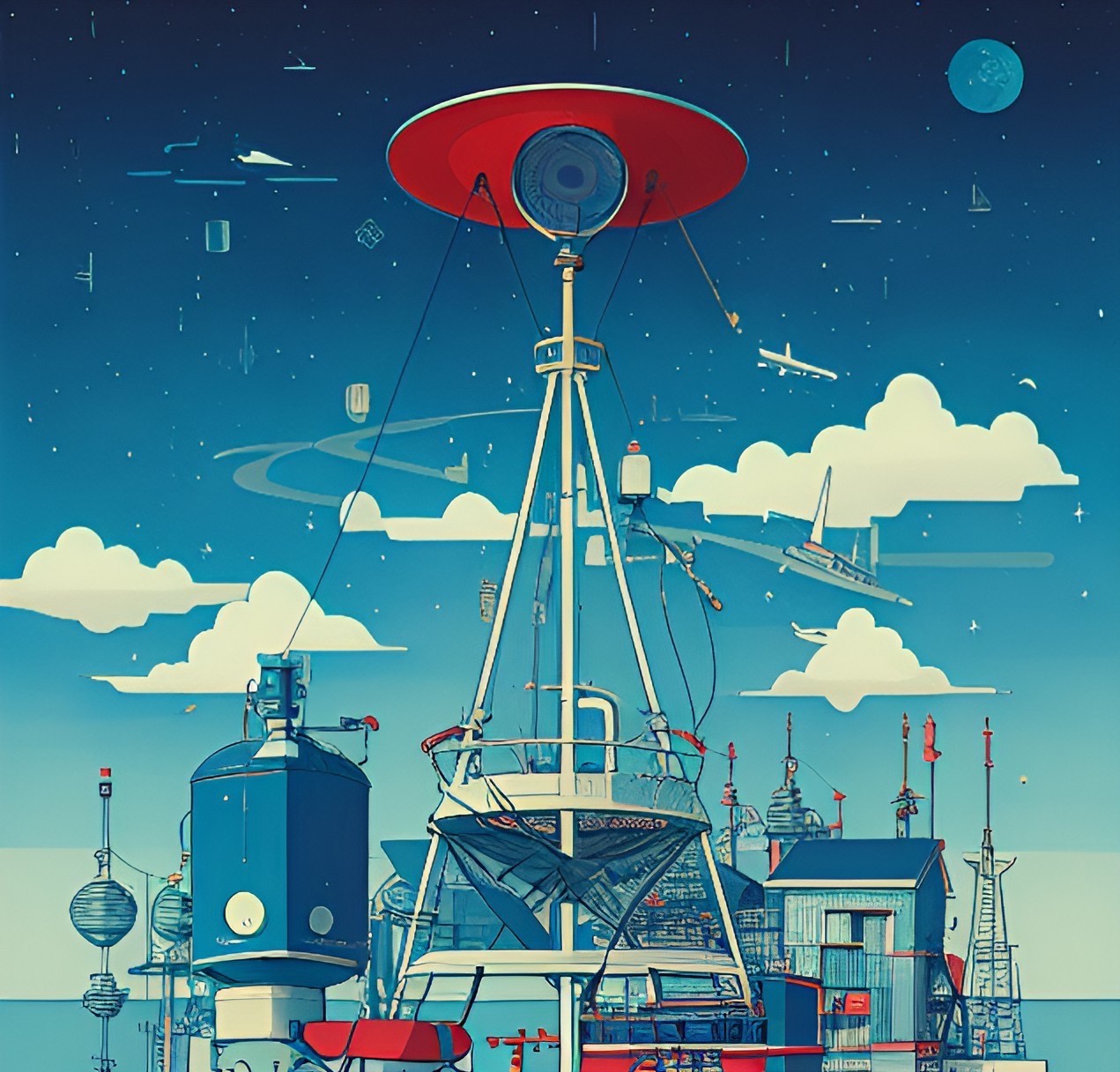How to Make your own Barometer and Decode Weather Secrets
Find more weather experiments.
🌦️Want to make your own barometer? Let's make your very own barometer, turning science into a fun and enlightening DIY project.
Get ready to engage with scientific concepts in an interactive and exciting way instead of reading a book about atmospheric pressure and weather patterns! With this project, you can create a functional barometer that offers a sense of accomplishment.
There are a few reasons experimenters might like making a barometer:
- Making a barometer is a fun and interactive way to learn about atmospheric pressure and weather patterns. The hands-on approach allows them to explore scientific concepts in a more engaging way than just reading about them.
- Building a functional barometer can give kids and parents a sense of accomplishment. Seeing something they made with their own hands actually work and produce results can be really satisfying.
- Exploration: Students are naturally curious and enjoy exploring the world. A barometer can help them satisfy this curiosity by allowing them to observe changes in air pressure and understand how they relate to weather changes.
You can make your own barometer make your own barometer from odds and ends. A can, like a coffee can, a straw, a balloon, a rubber band, some tape, and a straight pin are all you need. But first, let's talk about what a barometer measure?
Weather forecasters use barometric pressure instruments to measure atmospheric pressure. Barometers measure changes in air pressure, in a given area.
High air pressure usually means sunny weather. It's because heavy air inhibits cloud formation. When the pressure drops, there's a chance a storm is coming.
Now you can make your own barometer: Here's how
Let's make it: Cut the balloon end off and stretch the rubber over the can opening. You'll look like you're making a drum.
Attach the balloon to the can with the rubber band. It needs to be air-tight, so arrange the rubber band until you're sure. An aneroid barometer can be made with this sealed container.
Attach the straw to the balloon piece with some tape. The straw should stick out to the side, and the other end should be taped to the balloon's center. You can check the air pressure with a straw.
For a more precise indicator, tape the straight pin to the straw. Mark where the pin is on a piece of white paper attached to the wall with the whole contraption.
Check the barometer over a few days. It's likely the straw will point up or down. The straw points up because the air pressure is heavier on the balloon. There's less air pressure when the straw points down.
There's less air pressure when the straw points down. Make your own barometer with these easy instructions. Students of any age would enjoy this project.
Want to try something new? These pages have other barometer designs:
How to make a barometer
Making a Barometer
Making a barometer can be a fun, educational activity for adults and kids that encourages them to learn, explore, and develop important skills like problem-solving, critical thinking, and creativity.
To measure and analyze changes in air pressure, sophisticated weather air pressure experiments use specialized equipment and techniques. A sophisticated weather air pressure experiment requires advanced equipment, data analysis techniques, and modeling tools to give accurate and reliable results. Here's some of the great weather tech that resulted from historical experiments:
A barometer measures atmospheric pressure, of course. Most barometers are mercury barometers, which measure the pressure exerted by the atmosphere on a column of mercury in a glass tube.
Wind speed and direction are measured with an anemometer. Wind speed is calculated by the speed of rotation of a rotating cup or propeller.
Weather balloons measure air pressure, temperature, humidity, and wind speed at different altitudes. Sensors transmit data back to ground stations.
Satellites can give you a lot of information about atmospheric pressure, temperature, humidity, and wind patterns.
Models: Computers can simulate the behavior of the atmosphere and predict changes in weather patterns based on multiple data sources.
We didn't always have these options. Weather instruments of some sort date back to ancient civilizations, when people used rudimentary tools to observe and predict weather. More advanced weather instruments didn't come out until the 17th century. In the history of weather instruments, these are some of the most important developments:
Galileo Galilei invented the thermometer in the early 17th century. Evangelista Torricelli improved it by using a mercury-filled tube. Torricelli also invented the barometer in 1643. Weather patterns were predicted by measuring atmospheric pressure.
Around then, Leon Battista Alberti invented the anemometer in the 15th century. However, cup and vane anemometers weren't developed until the 19th century. Francesco Folli invented the hygrometer in the 17th century. Air humidity was measured with it. We needed not just humidity, though, but rainfall information. Ancient Indians used rain gauges to measure rainfall. Christopher Wren invented the modern version. Then came something new.
Léon Teisserenc de Bort launched the first weather balloon in 1896. In the upper atmosphere, it measured temperature and humidity. Then we went higher. The first weather satellite was launched by the US in 1960. This provided valuable information on global weather patterns, including storm movement and hurricane formation.
Weather instruments have evolved gradually over time into more advanced and accurate tools for observing and predicting weather. To monitor and forecast the weather today, we use a lot of sophisticated instruments and technologies.
Search this site for more information now, or go back from this Make your own Barometer page to the
Weather Equipment page.
How Do You Make Your Own Barometer?
Is this an experiment for children? Make your own barometer to learn how atmospheric pressure changes.
Using this experiment, children will have the opportunity to observe how atmospheric pressure changes and create their own barometer, while learning valuable science concepts at the same time.
Do you have concerns about air pollution in your area??
Perhaps modelling air pollution will provide the answers to your question.
That is what I do on a full-time basis. Find out if it is necessary for your project.
Have your Say...
on the StuffintheAir facebook page
Other topics listed in these guides:
The Stuff-in-the-Air Site Map
And,
Thank you to my research and writing assistants, ChatGPT and WordTune, as well as Wombo and others for the images.
GPT-4, OpenAI's large-scale language generation model (and others provided by Google and Meta), helped generate this text. As soon as draft language is generated, the author reviews, edits, and revises it to their own liking and is responsible for the content.




New! Comments
Do you like what you see here? Please let us know in the box below.